Rising Disposable Income
The increase in disposable income among consumers appears to be a pivotal driver for the Imitation Jewelry Market. As individuals experience enhanced financial freedom, they are more inclined to purchase non-essential items, including imitation jewelry. This trend is particularly evident in emerging economies, where a burgeoning middle class is increasingly seeking affordable luxury alternatives. According to recent data, the imitation jewelry segment has witnessed a growth rate of approximately 10% annually, driven by this demographic shift. Consumers are drawn to the aesthetic appeal and affordability of imitation jewelry, which allows them to express their personal style without the financial burden associated with genuine gemstones and precious metals. This growing consumer base is likely to propel the market further, as the demand for stylish yet cost-effective jewelry options continues to rise.
E-commerce Growth and Online Shopping
The rapid expansion of e-commerce platforms has transformed the retail landscape, significantly benefiting the Imitation Jewelry Market. With the convenience of online shopping, consumers can easily access a wide variety of imitation jewelry options from the comfort of their homes. Recent statistics indicate that online sales of imitation jewelry have surged by approximately 20% in the past year, reflecting a broader trend towards digital shopping. This shift is particularly appealing to younger consumers who prioritize convenience and variety. E-commerce platforms also enable brands to reach a global audience, thereby increasing their market presence. The ability to showcase products through high-quality images and detailed descriptions enhances consumer confidence in purchasing imitation jewelry online. As e-commerce continues to grow, it is likely to play a crucial role in shaping the future of the imitation jewelry market.
Fashion Trends and Celebrity Endorsements
The influence of fashion trends and celebrity endorsements significantly impacts the Imitation Jewelry Market. As fashion evolves, consumers often seek to emulate the styles of their favorite celebrities, many of whom frequently showcase imitation jewelry in public appearances and social media platforms. This phenomenon has led to a surge in demand for trendy, affordable jewelry options that mimic high-end designs. Market data suggests that imitation jewelry sales have increased by over 15% in regions where celebrity endorsements are prevalent. The ability of imitation jewelry to offer similar aesthetics to luxury pieces at a fraction of the cost makes it an attractive choice for fashion-conscious consumers. Consequently, brands that effectively leverage celebrity partnerships and align their products with current fashion trends are likely to experience substantial growth in this competitive market.
Cultural Acceptance and Changing Attitudes
Cultural acceptance and evolving attitudes towards imitation jewelry are emerging as significant drivers in the Imitation Jewelry Market. In many societies, the stigma associated with wearing imitation jewelry is diminishing, as consumers increasingly recognize the value of affordability and style. This shift in perception is particularly pronounced among younger generations, who prioritize self-expression over traditional notions of luxury. Industry expert's indicates that approximately 60% of consumers aged 18-35 are open to purchasing imitation jewelry, viewing it as a viable alternative to expensive pieces. This cultural shift is likely to encourage more individuals to explore and invest in imitation jewelry, further expanding the market. As acceptance grows, brands that embrace inclusivity and diversity in their marketing strategies may find themselves well-positioned to capitalize on this trend.
Sustainability Concerns and Ethical Choices
Sustainability concerns are increasingly influencing consumer purchasing decisions, thereby impacting the Imitation Jewelry Market. As awareness of environmental issues rises, many consumers are seeking alternatives to traditional jewelry that often involves unethical sourcing and environmental degradation. Imitation jewelry, typically made from less harmful materials, presents a more sustainable option for eco-conscious shoppers. Recent surveys indicate that nearly 70% of consumers are willing to pay a premium for products that align with their ethical values. This trend is particularly relevant among millennials and Gen Z, who prioritize sustainability in their buying choices. Brands that emphasize ethical sourcing and sustainable practices in their production processes are likely to attract a growing segment of environmentally aware consumers. As sustainability continues to shape market dynamics, the imitation jewelry sector may experience a notable shift towards more responsible consumption.
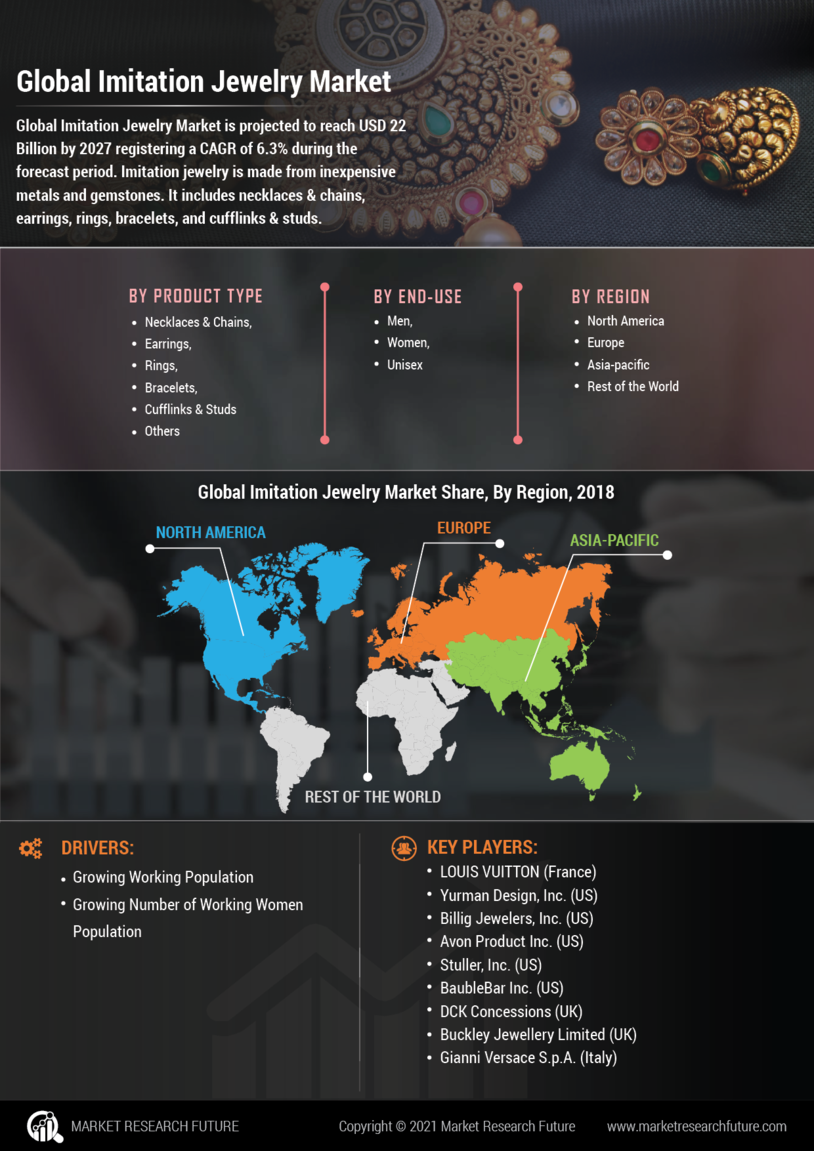

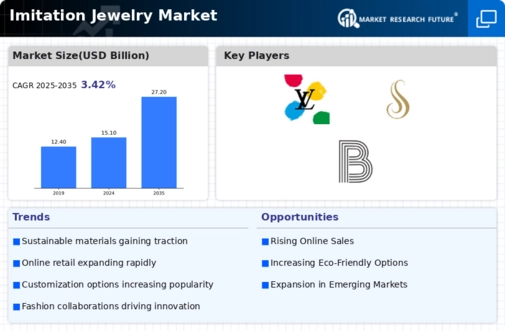
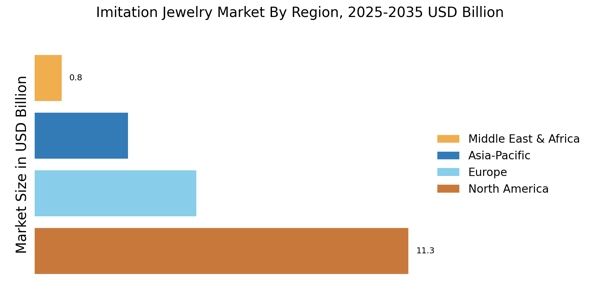
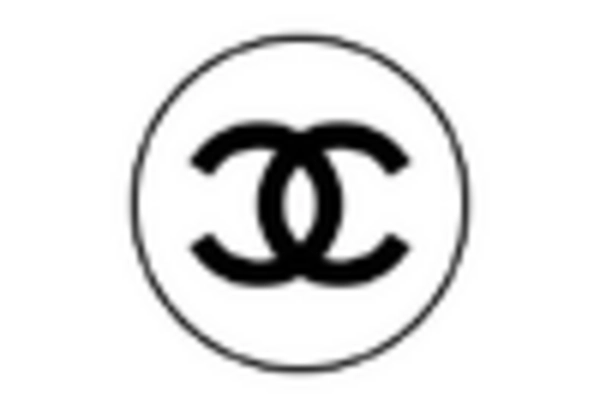



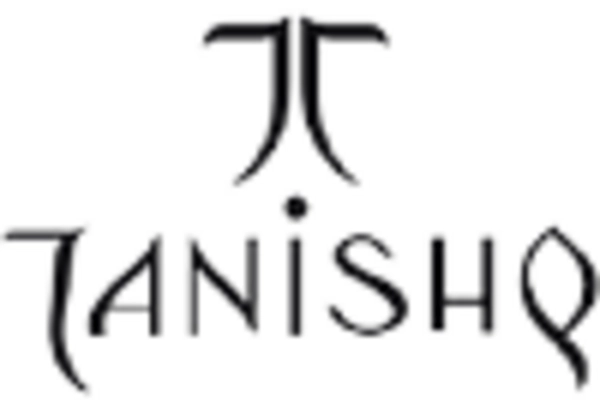









Leave a Comment